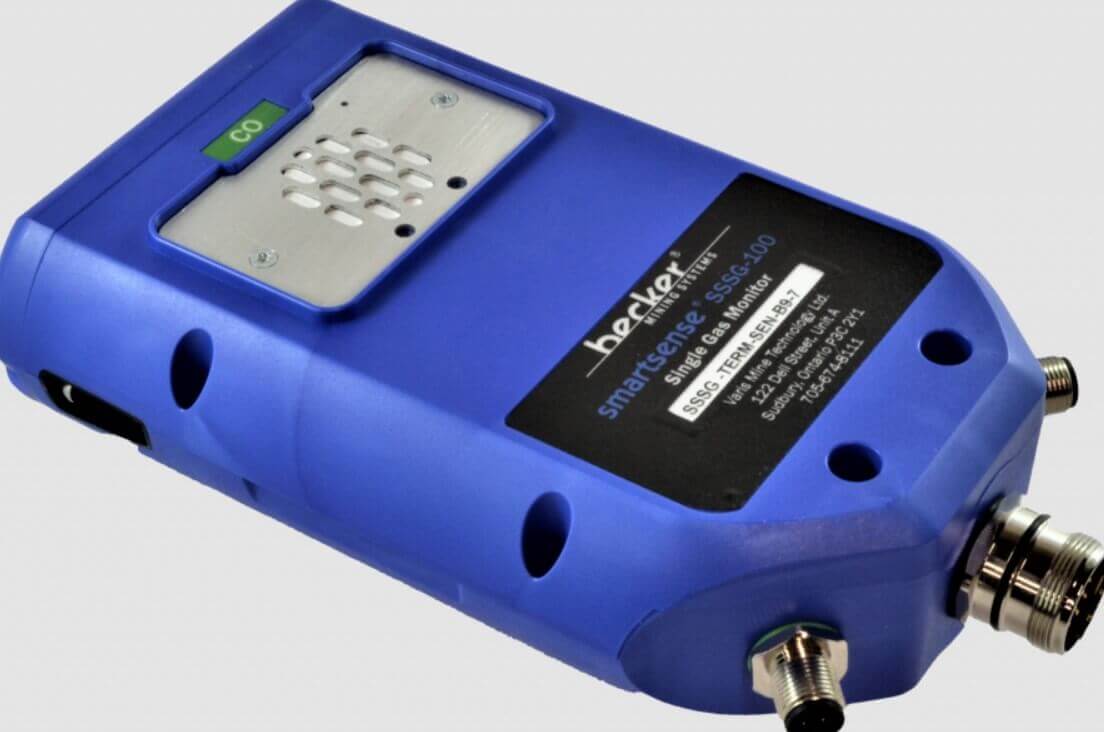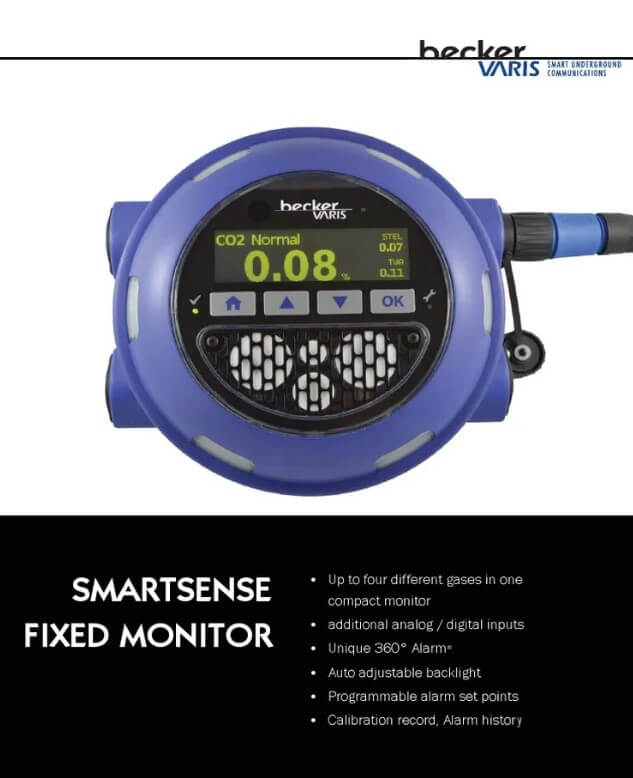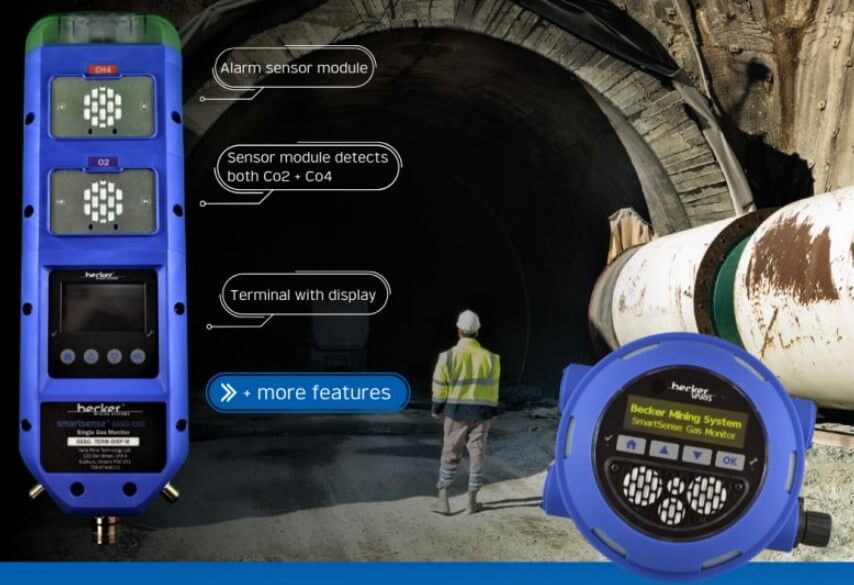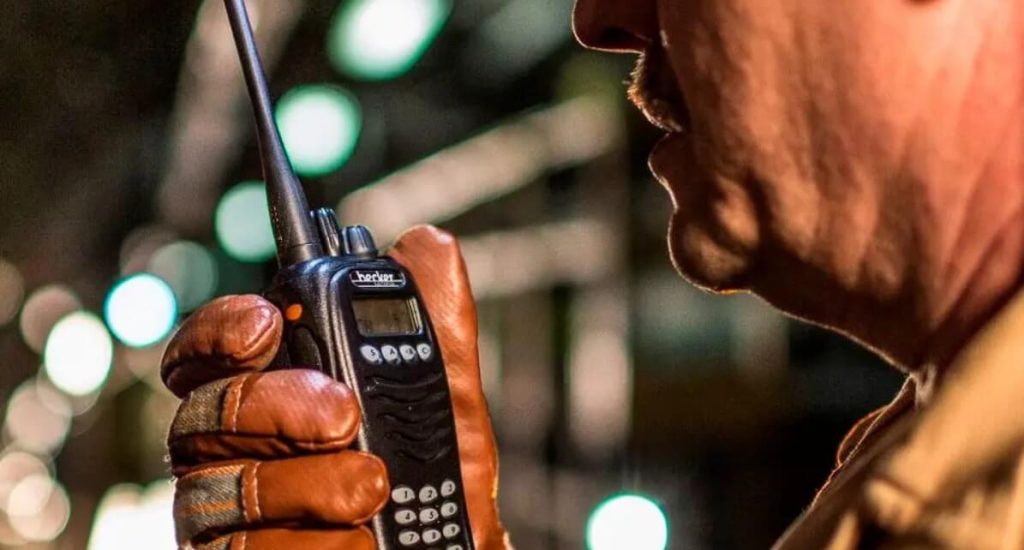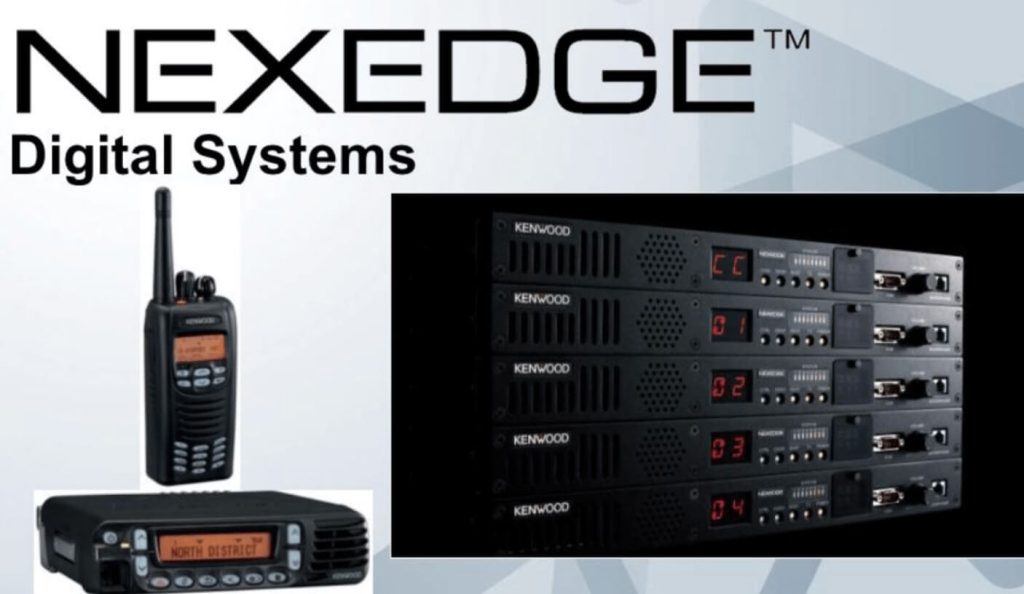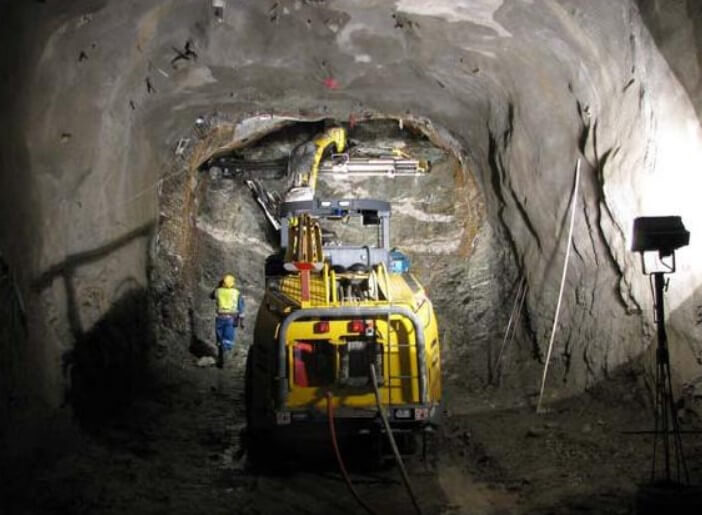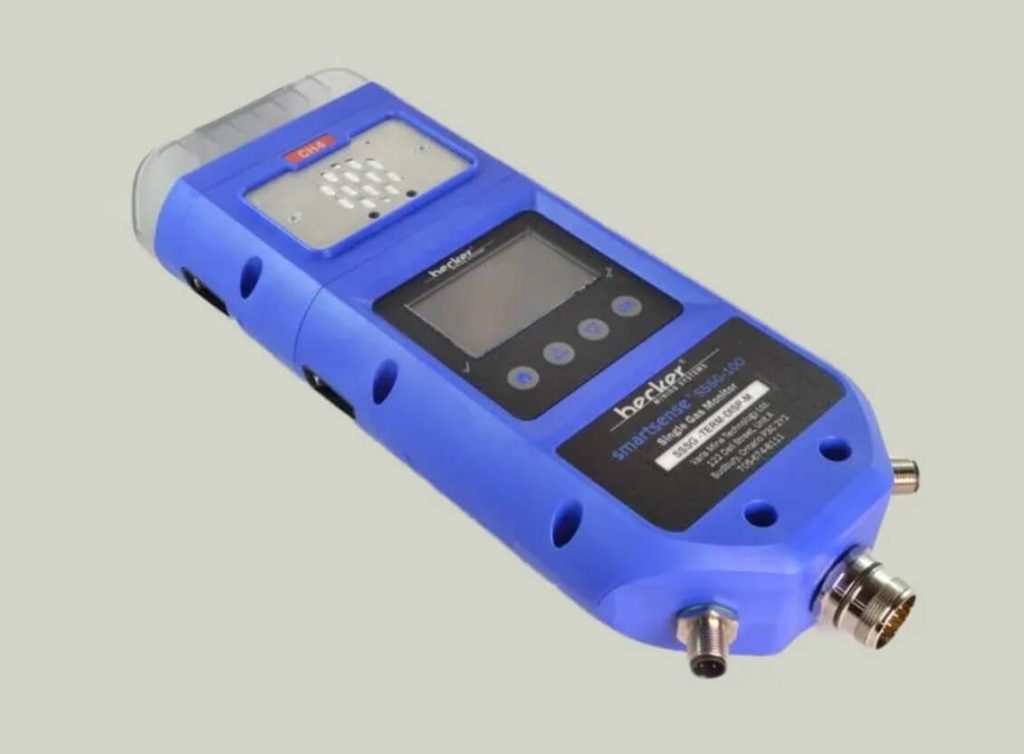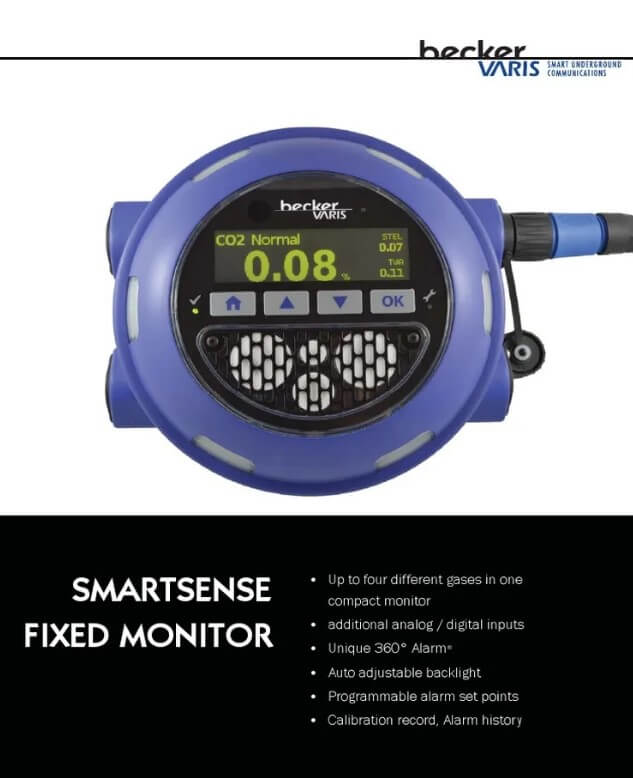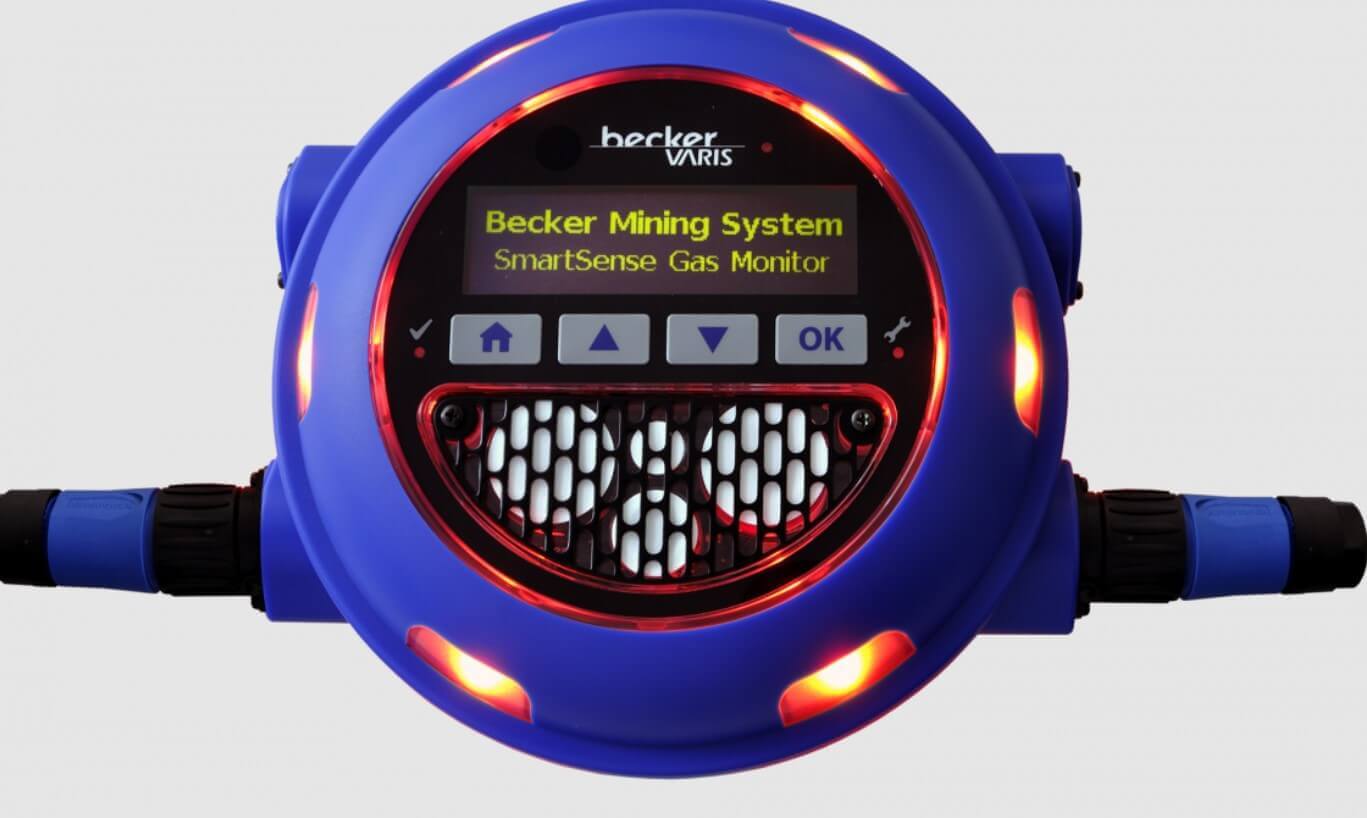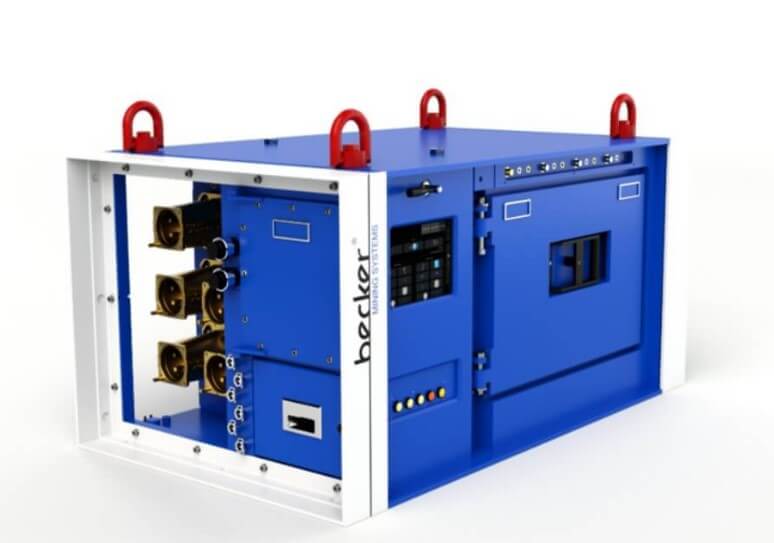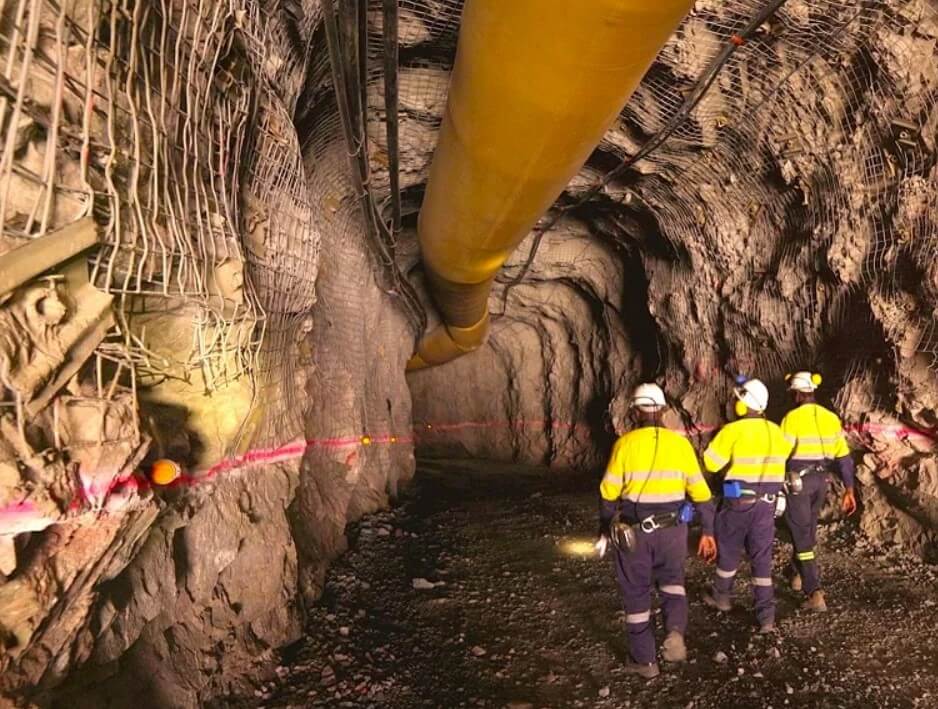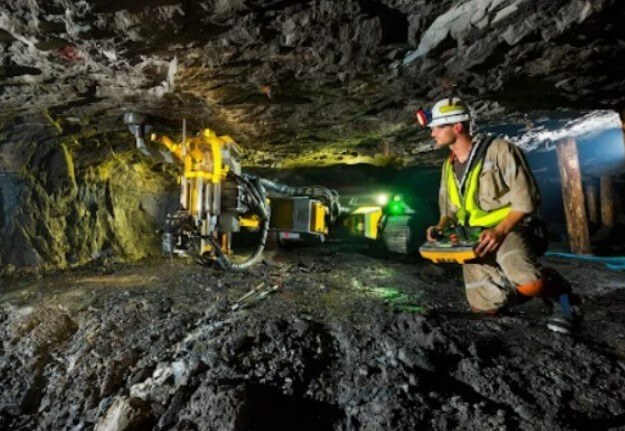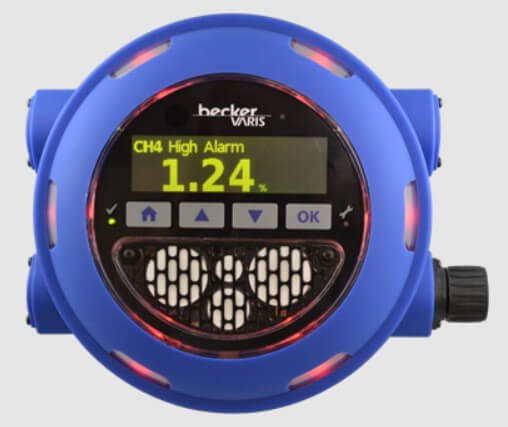In the bustling heart of the mining industry, where every moment counts and safety is paramount, effective communication can mean the difference between success and disaster. Becker Wholesale Mine Supply, a leading supplier in the mining sector, has taken a bold step forward by integrating Kenwood 2 Way Radios into their operations. In this article, we delve into how these sophisticated communication devices are revolutionizing mine communication, enhancing safety, and boosting efficiency.
Understanding the Importance of Reliable Communication in Mining
Mining operations are inherently complex, with workers spread across vast distances, often in challenging terrain and hazardous environments. Effective communication is not just convenient; it’s a lifeline that ensures coordination, response to emergencies, and the smooth flow of operations.
Traditional communication methods, such as hand signals or shouting, are inadequate for the demands of modern mining. They are prone to errors, misunderstandings, and delays, putting workers’ safety at risk and hampering productivity.
Recognizing these challenges, Becker Wholesale Mine Supply sought a solution that could provide reliable, instantaneous communication across their mine sites. Their answer? Kenwood 2 Way Radios.
Introducing Kenwood 2 Way Radios
Kenwood is a name synonymous with quality and innovation in the realm of communication technology. Their 2-Way Radios are renowned for their durability, range, and advanced features, making them an ideal choice for the rugged environments of mining operations.
One of the key features of Kenwood 2 Way Radios is their impressive range, ensuring that workers can stay connected even in remote areas of the mine. This expansive coverage reduces the risk of communication blackouts, ensuring that no corner of the site is isolated in the event of an emergency.
Moreover, Kenwood radios boast crystal-clear audio quality, eliminating the frustration of garbled messages or static interference. This clarity is essential in noisy mining environments where ambient sounds can drown out communication.
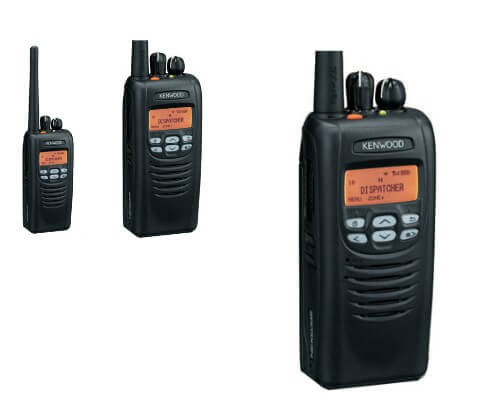
GET IN TOUCH
In a hurry? Call us at +1-724-515-4993
Enhancing Safety Through Instantaneous Communication
Safety is non-negotiable in the mining industry, where the stakes are high, and the margin for error is slim. Kenwood 2 Way Radios play a crucial role in enhancing safety by facilitating instantaneous communication between workers, supervisors, and emergency response teams.
In the event of an accident or hazard, quick and coordinated action is essential. With Kenwood radios, workers can instantly alert their colleagues and request assistance, enabling a swift response to mitigate risks and ensure the well-being of all personnel.
Furthermore, Kenwood radios are equipped with emergency features, such as panic buttons and lone worker monitoring, providing an added layer of security for workers operating alone in remote areas. These features offer peace of mind to both employees and employers, knowing that help is just a button press away.
Boosting Efficiency and Productivity
Efficiency is the lifeblood of any successful mining operation. By streamlining communication and reducing downtime, Kenwood 2 Way Radios contribute to significant improvements in productivity.
Gone are the days of time-consuming back-and-forth journeys across the mine site to convey messages or instructions. With Kenwood radios, supervisors can communicate directly with workers, providing real-time guidance and updates to keep operations running smoothly.
Additionally, the clarity and reliability of Kenwood radios minimize the risk of misunderstandings or errors, ensuring that tasks are carried out accurately the first time. This reduction in rework translates to substantial time and cost savings for mine operators.
Future Prospects and Conclusion
As technology continues to evolve, so too will the capabilities of communication devices like Kenwood 2 Way Radios. With features such as GPS tracking, voice activation, and integration with other digital systems, the future possibilities for enhancing mine communication are limitless.
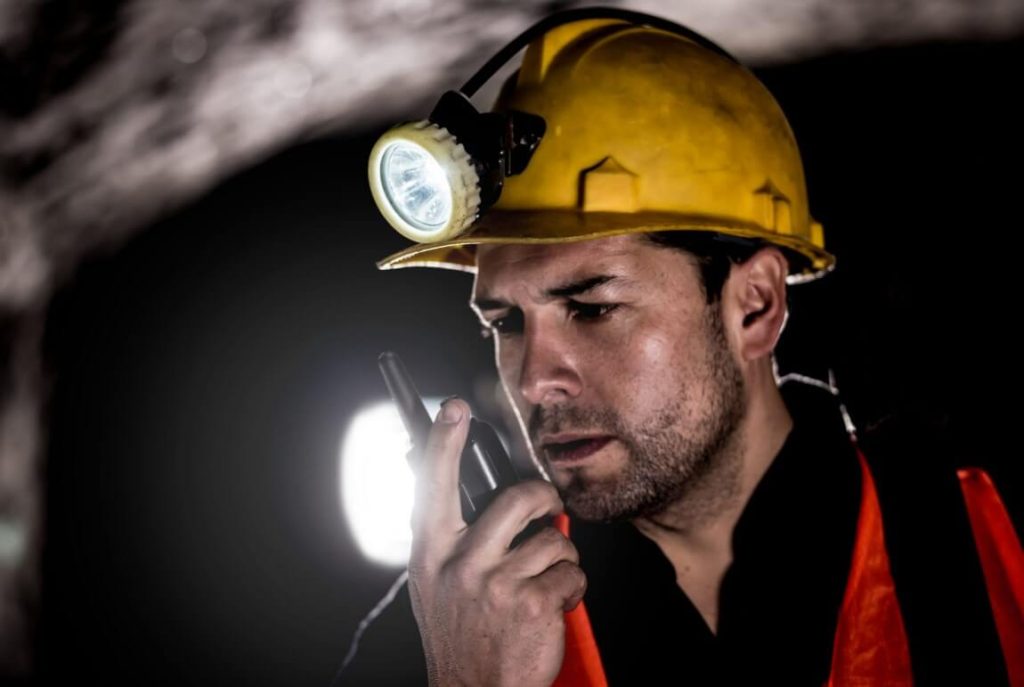
GET IN TOUCH
In a hurry? Call us at +1-724-515-4993
Conclusion
The adoption of Kenwood 2 Way Radios by Becker Wholesale Mine Supply represents a significant leap forward in the quest for safer, more efficient mining operations. By providing reliable communication in even the most challenging environments, Kenwood radios are empowering workers, safeguarding lives, and driving productivity across the industry. As other mining companies follow suit, we can expect to see further improvements in safety, efficiency, and overall operational excellence.
Contact Us Today!
Ready to revolutionize your mine communication? Upgrade to Kenwood 2 Way Radios today and experience unparalleled safety, efficiency, and productivity. Contact us now to learn more and take the first step towards a safer, more connected mining operation!

